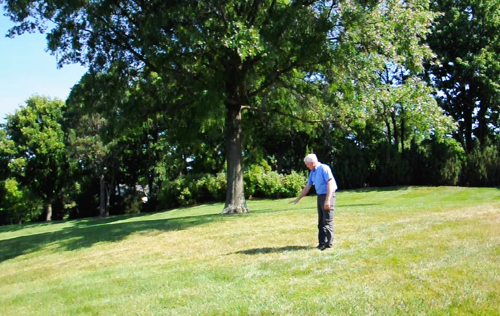 Hot, dry summers are tough on trees. During the end of August and through September, you may need to pay special attention to how much water your trees are getting. A large tree pulls a lot of moisture out of the ground, removing moisture from the top 18″ of soil. If the turf under your trees starts to brown, that means neither the grass nor the trees are getting enough water.
Hot, dry summers are tough on trees. During the end of August and through September, you may need to pay special attention to how much water your trees are getting. A large tree pulls a lot of moisture out of the ground, removing moisture from the top 18″ of soil. If the turf under your trees starts to brown, that means neither the grass nor the trees are getting enough water.
How to Keep Your Trees Healthy and Lawns Green, Even in the Depth of Summer
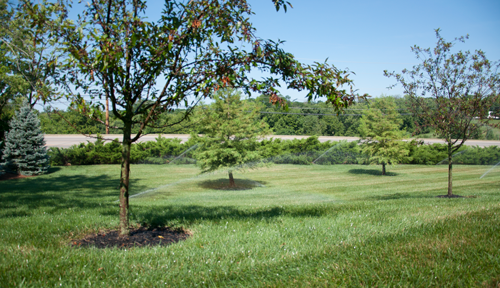 You may need to make some adjustments to your irrigation program when the weather is particularly hot and dry:
You may need to make some adjustments to your irrigation program when the weather is particularly hot and dry:
- Increase the length of time you run your sprinkler system. For instance, change your program to 40 minutes instead of 30. Be careful with this approach. If you start to see water running off, the soil is saturated, and more watering will just waste water.
- Add additional water days. Go from three to four or five times per week to consistently keep the soil wet enough to keep your grass green.
- Know which sprinkler zones affect the tree. Most irrigation systems are designed for lawns, not trees. As your trees grow, they might need water from more than one zone to stay healthy.
- If all else fails, drag out the water hose and water with a temporary lawn sprinkler until your grass and trees appear healthier.
Arborists Explain How to Spot a Stressed Tree Before it Becomes a Dead Tree
It’s easier to save your trees before they become too stressed. Take note of this expert advice:
Off color foliage (lighter green, or yellowing leaves or needles)- This can be the first sign of a problem for a tree. Generally a nice dark green leaf or needle color indicates good health. If you start to see signs of lighter color in the leaves, something is wrong.
Smaller leaves – If the leaves of a tree start to become smaller than they had in the past, it is a sign that the tree is not bringing enough water and nutrients to the leaves. This is a sign that the vascular system of the plant is not working properly.
Thinning canopy, dead branches– There still may be leaves, but they are less in number than in the past. Also watch out for dead branches, especially at the top of the tree. Some dead branches can be normal, but if they occur at the top of the tree where sunlight is readily available, it is a warning sign of future problems.
Wilting leaves– Some diseases such as Oak Wilt, Dutch Elm Disease, or fireblight disease tend to start as wilting on individual branches, usually at the top of the tree. If caught early enough sometimes these severe diseases can be corrected. But quick detection is paramount, otherwise the disease can spread throughout the tree and it becomes too late.


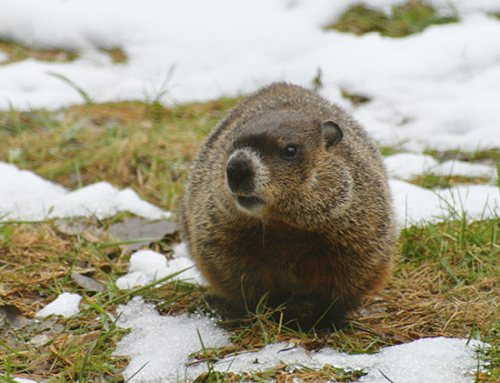

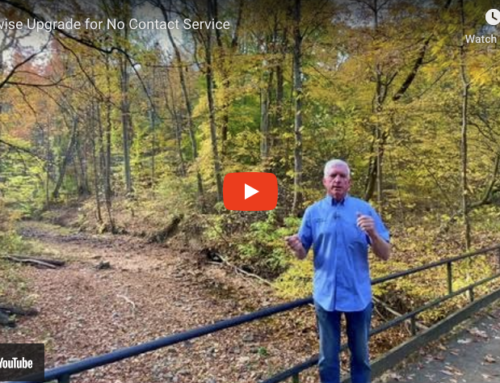
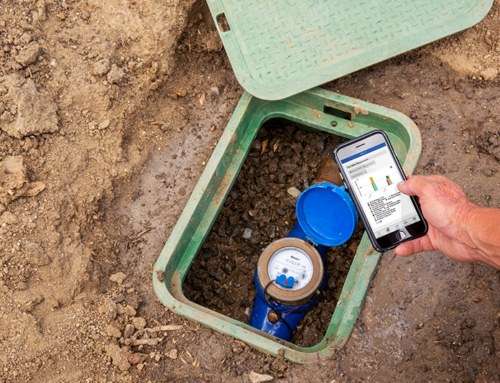

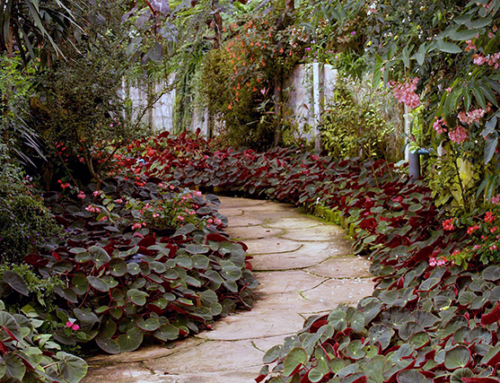
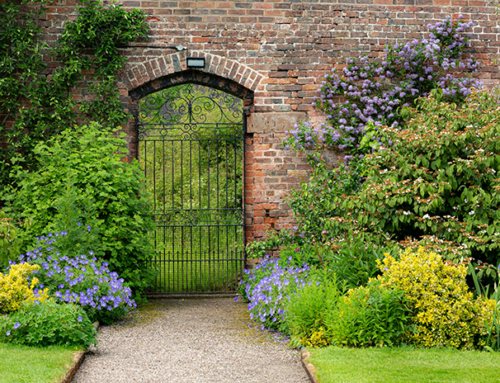
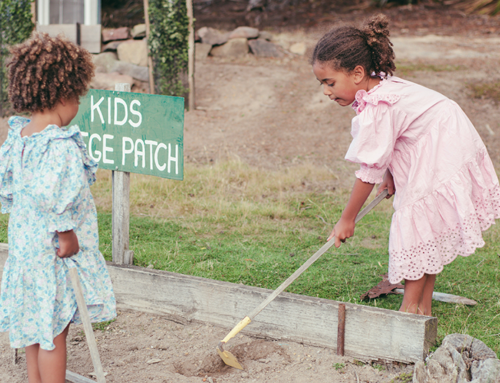
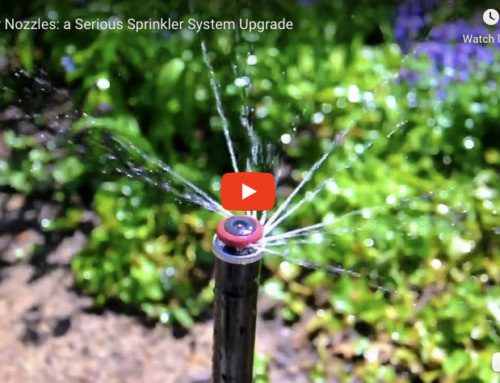

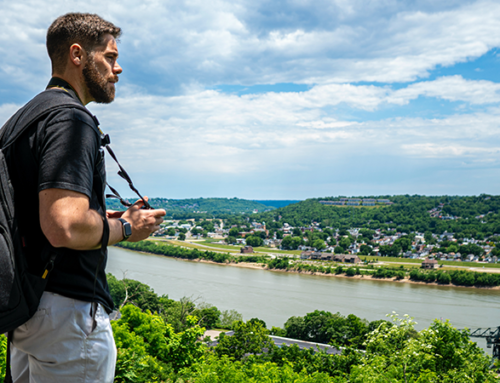

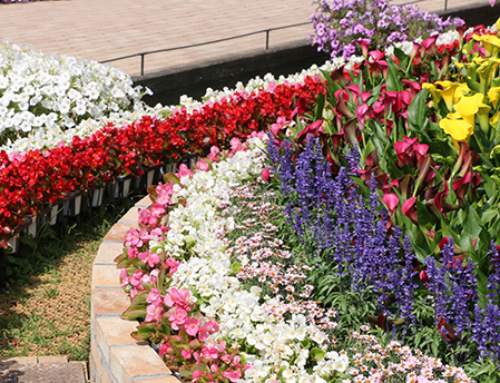

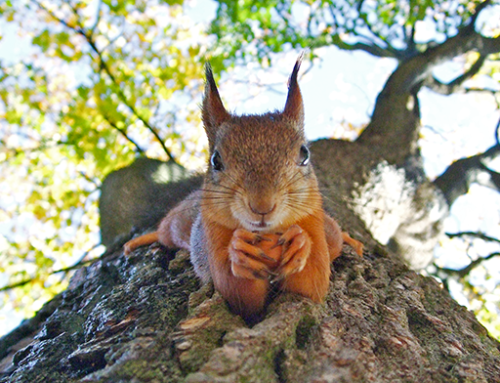


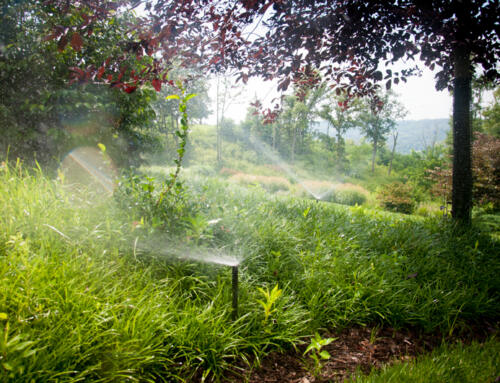

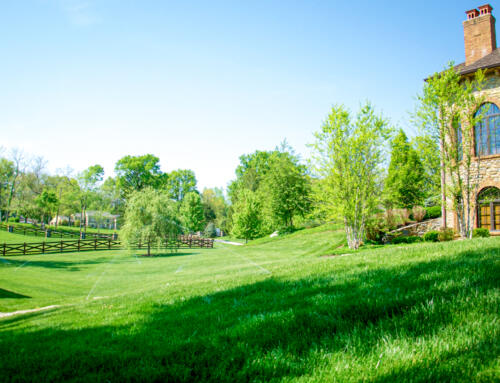


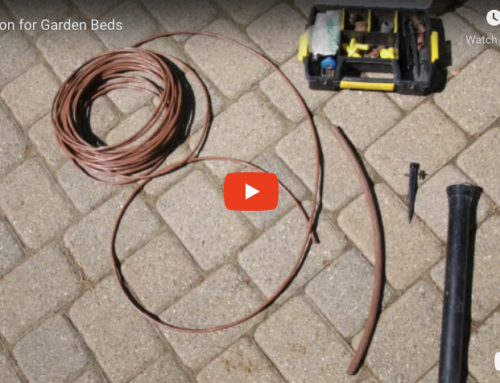
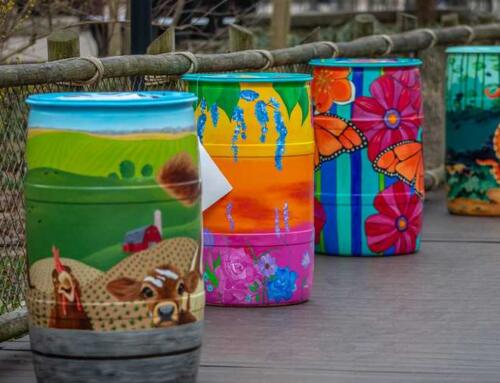
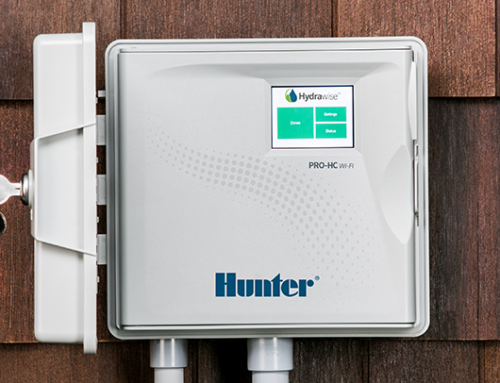

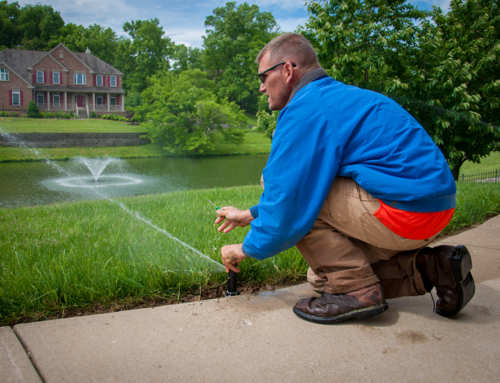
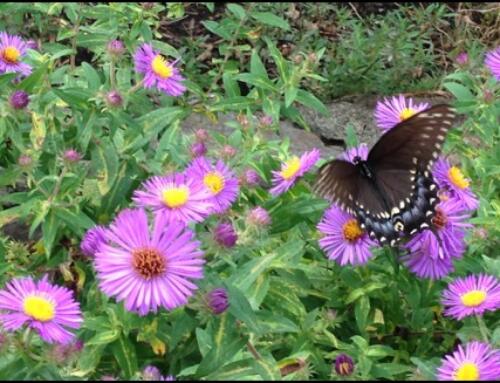
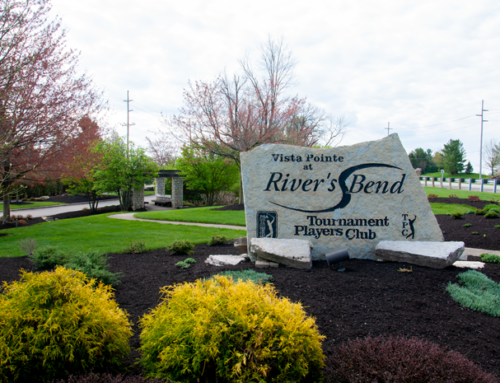
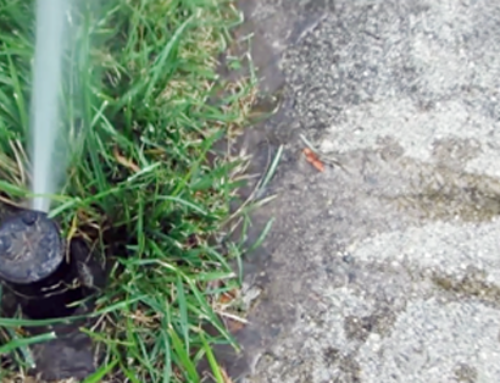

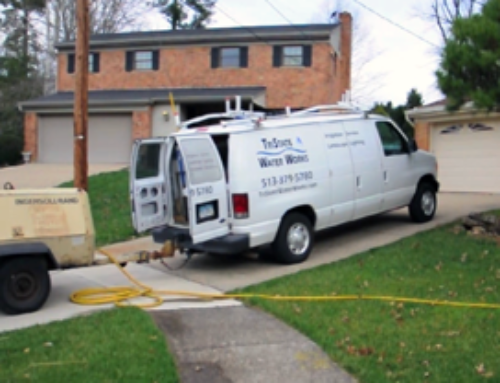
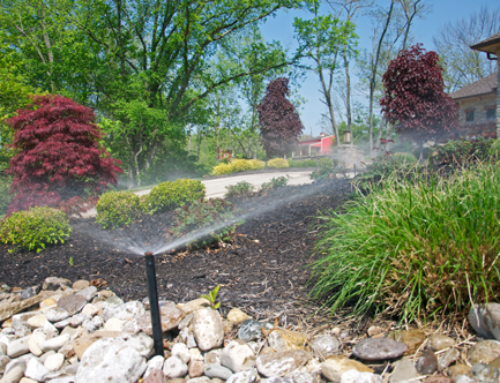
Leave A Comment